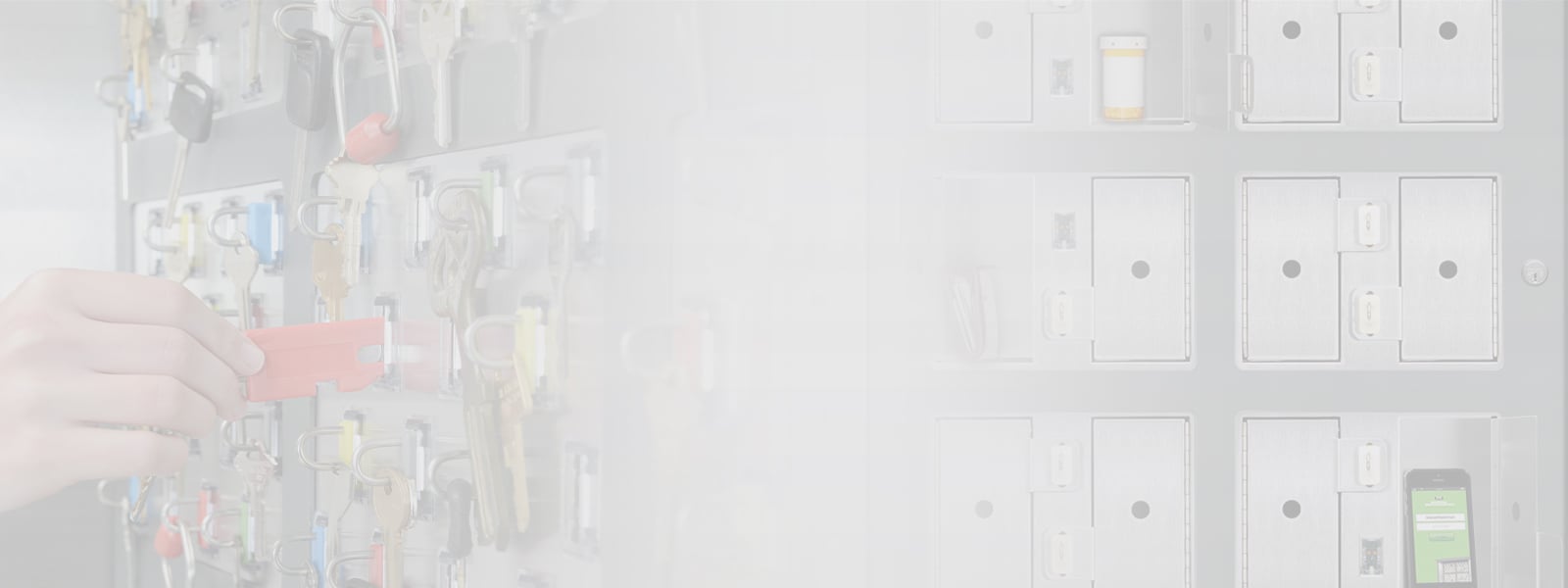The new baby panda at Washington’s National Zoo has caused a flurry of excitement and the “panda-monium” caused web cams to be overwhelmed. Popular zoo exhibits such as the pandas as well as lions and elephants help maintain visitor attendance at the parks while sharks, octopus and the ever-popular seals are some of the top attractions at aquariums.
Security policies and procedures at these facilities comprise strict regulations that help to ensure the safety and well-being of the animals as well as staff and visiting public. One security procedure followed by many of the zoos is the use of an electronic key management system. Physical keys are secured in a tamper-proof cabinet and only pre-authorized users can access the cabinet to remove or return a key. The system automatically records all access transactions, providing management with information as to which key was taken, when and by whom and when it was returned or scheduled to be returned. The information can be viewed live on a PC or as a report for auditing or investigative purposes.
The use of locks and keys is prevalent throughout zoos and aquariums because of economic value, flexibility and security capability -- a locked door can’t usually be compromised by an ingenious monkey. With a key management system in place, keys for exhibits, kitchen areas, retail stores, maintenance sheds and even vehicle keys can all be accounted for and secured when not in use.
Specific features found in today’s key management systems are also ideal for zoo and aquarium applications. For instance, messages can be created that will pop up when a particular key is requested such as instructions for administering medicine. Or, the system allows management to be notified via email or text message if a high security key is removed or if a key is not returned as scheduled. Interns, visiting veterinarians, contractors and so on can all be easily programmed into the system for short term use.
Lost or missing keys can have serious consequences in a zoo but electronic key management systems can help ensure their safekeeping.



